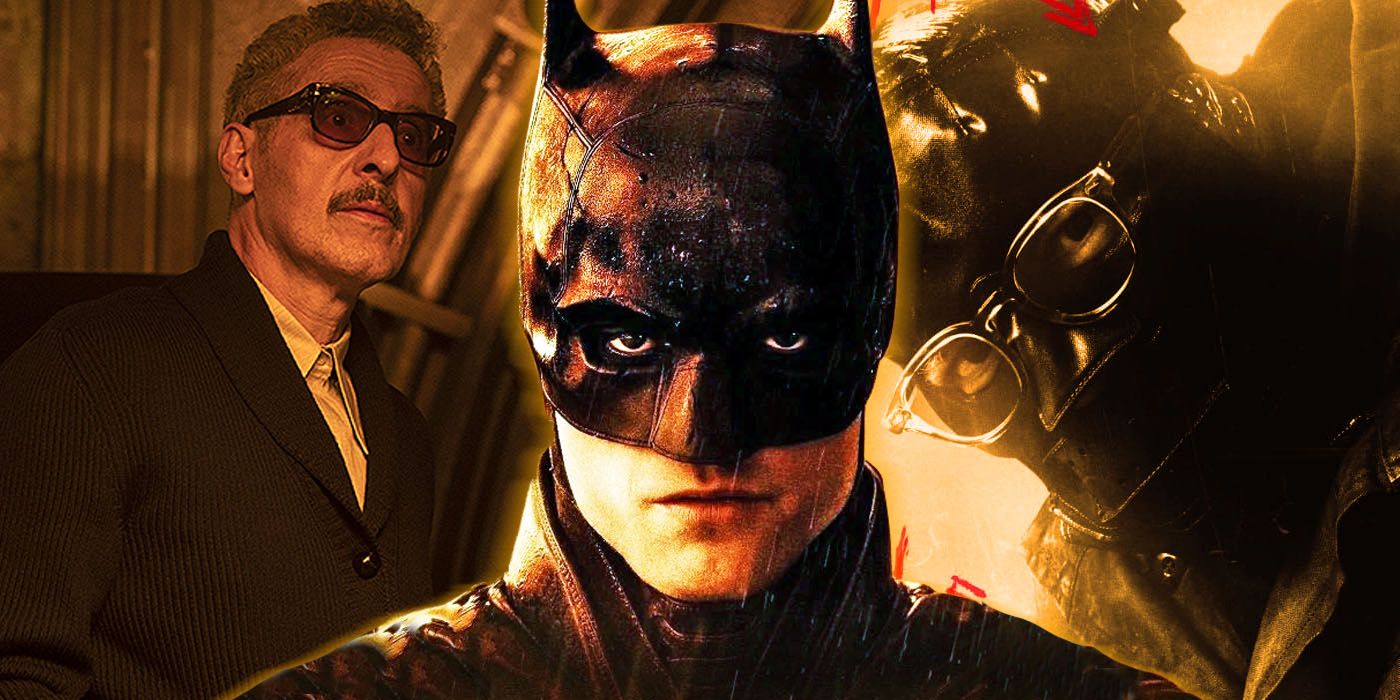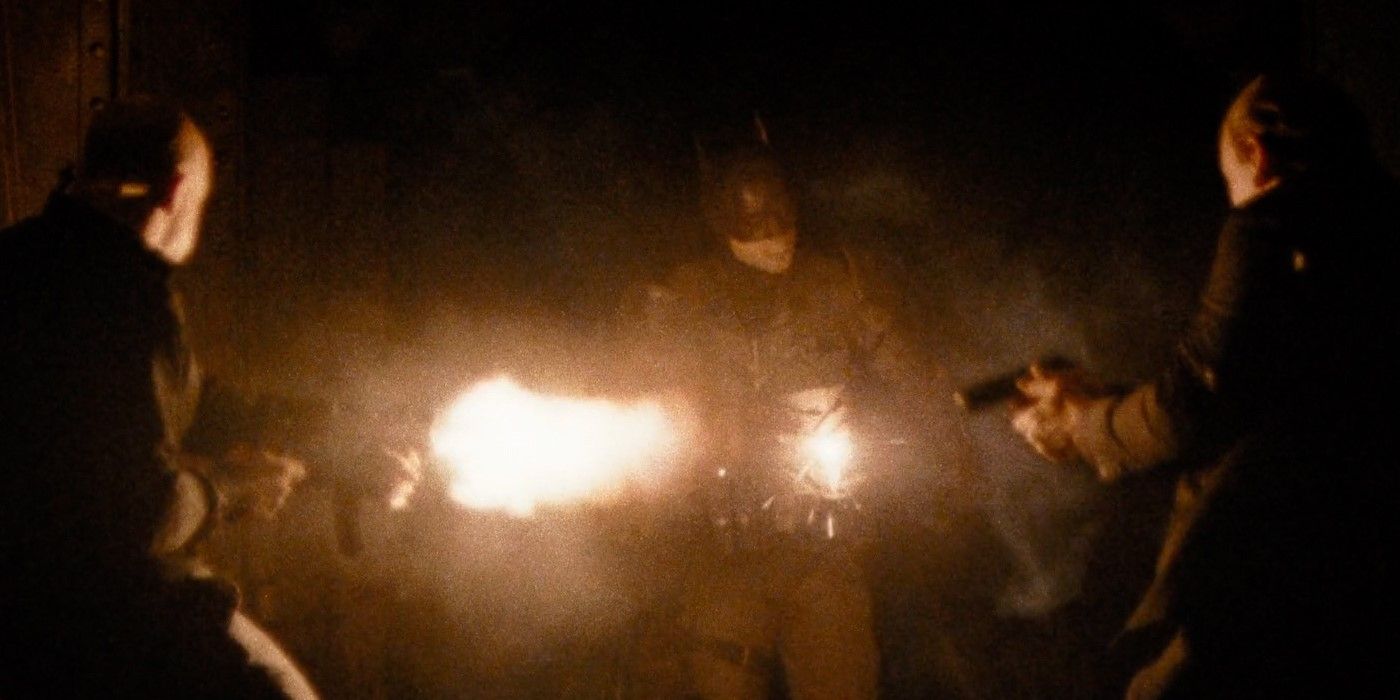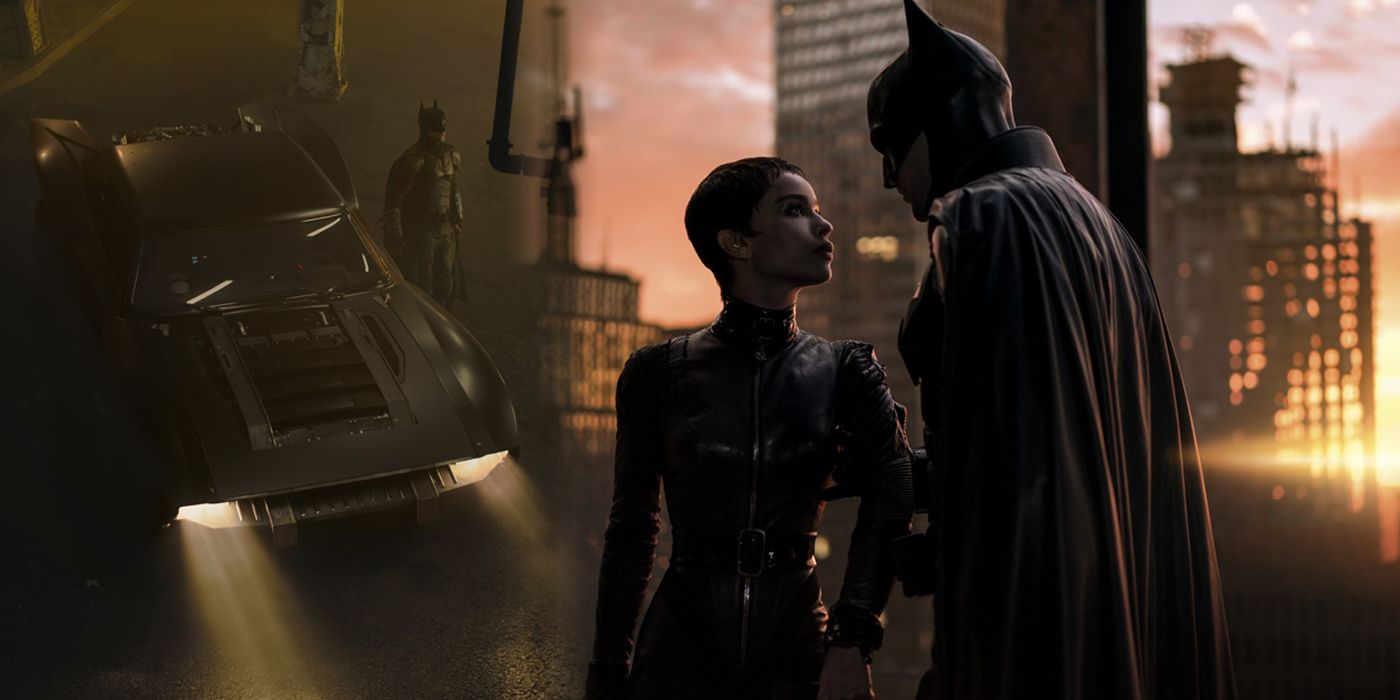Matt Reeves' The Batman wasn't the first time the character appeared in live-action on the big screen. However, the film still managed to redefine exactly what the character represents, as he grew from a vigilante to a hero of Gotham City. Since this evolution didn't happen in one night, audiences were treated to many scenes where Batman was a stalking fighter who let criminals fall into his traps and responded with strength and menace. In fact, one particular scene used simple filmmaking techniques to perfectly capture what it meant to be the character.
The Batman, at its core, is a murder mystery where the Caped Crusader must use his mind and resources to catch The Riddler before he can enact his plan to destroy Gotham. During the case, he also ran into the likes of Selina Kyle, The Penguin and many more of Gotham's biggest names. He also developed a relationship with Selina, who had her own demons that put her on a collision course with Batman. In one particular scene where he had to stop Selina from killing Carmine Falcone, Batman used his environment to his advantage in a way that director Matt Reeves revealed he pushed for in an interview.
The idea sprung from a scene during Reeves' War For the Planet of the Apes and came to life once again in The Batman, where the titular hero would walk down a hallway, fighting armed guards with the only light being from the muzzle flash of their rifles. As Reeves described, "they're taking shots at this guy coming like a horror figure, and the only time you can see where he is is that each time one of the muzzle flashes goes off, you'll see him getting closer and closer, and beating somebody, and then it goes black, and in and out..." Throughout the film, Reeves crafted a Batman whose presence could terrify a criminal even when he wasn't there. As a result, a scene like the one he described would only add to his myth – but how could Batman perform the feat?
According to Reeves, Batman could fight so effortlessly in the dark because his contact lenses allowed him to see in the dark. Essentially, they acted as his HUD and gave him a tactical edge over his enemies. Inadvertently, it also added more validity to his statement that he was the shadows, as he moved so effortlessly in them. The scene was put together completely practically and in three parts. However, the choreography had to be timed perfectly, as the transitions came in the moments of pitch blackness.
Reeves also explained that the men on the scene trained relentlessly and practiced proper gun safety to bring everything to life. In the end, the only effects from VFX artist Dan Lemon were to do "...some adjustments so we can get the bullets ping off the sides of the building, and off the sides of the interior, and as they ping off of Rob's chest and all of that." Ultimately, Lemon, stunt coordinator Rob Alonzo, Reeves and the cast and crew took such a brief but fantastic idea and brought it to life. But by doing so, it proved multiple aspects of the Batman mythos.
While brief, the gunfire hitting his chest showed how criminals would rarely go for his head, as mentioned in the comics. But most importantly, it showed that even though he was conveyed as a terrifying being of the night, Batman wouldn't even let a hail of gunfire stop him from saving someone. The Batman's hallway scene was a technological feat that looked a lot easier than it was to film. But by using natural light, timing and just enough effects, the scene popped and managed to capture the essence of Batman without the character uttering a single word.
The Batman is streaming now on HBO Max.



